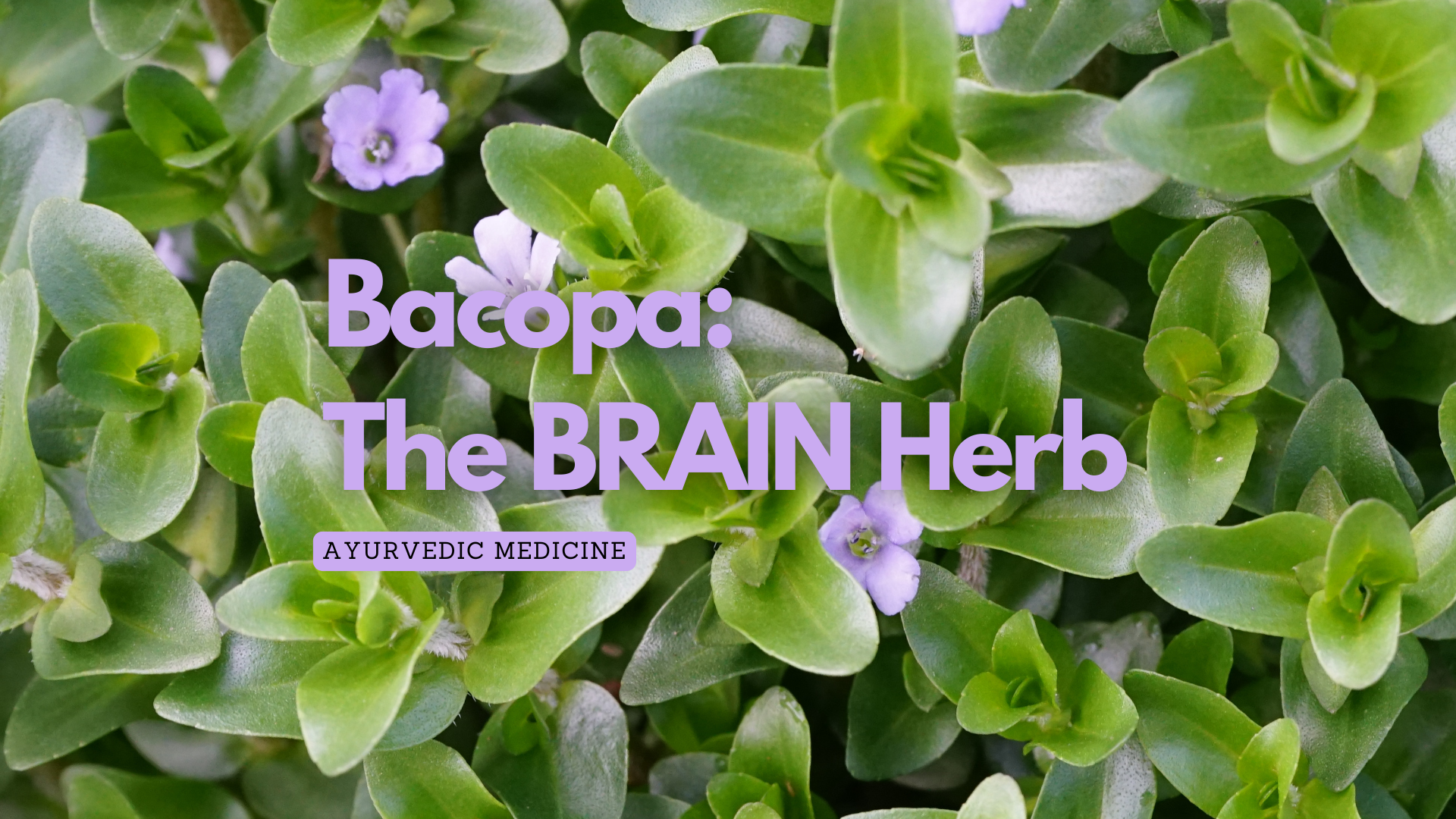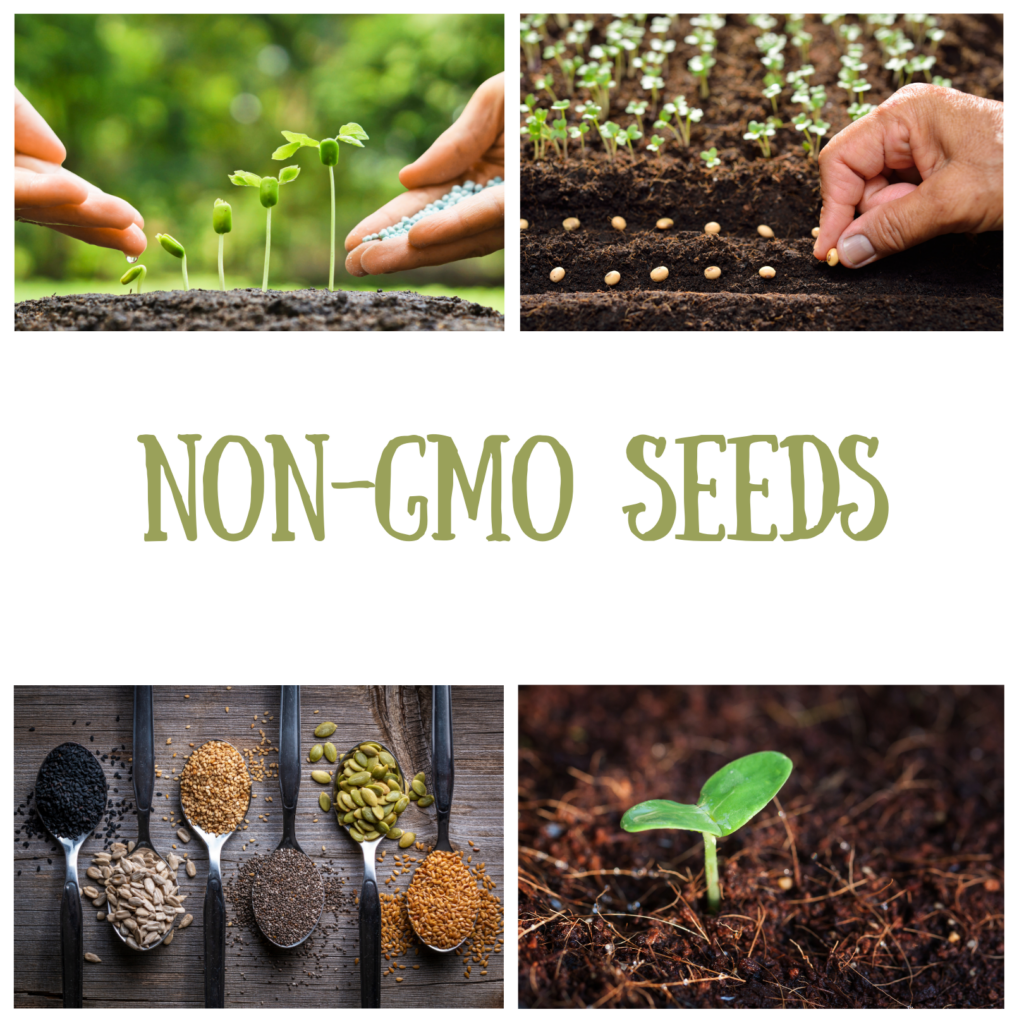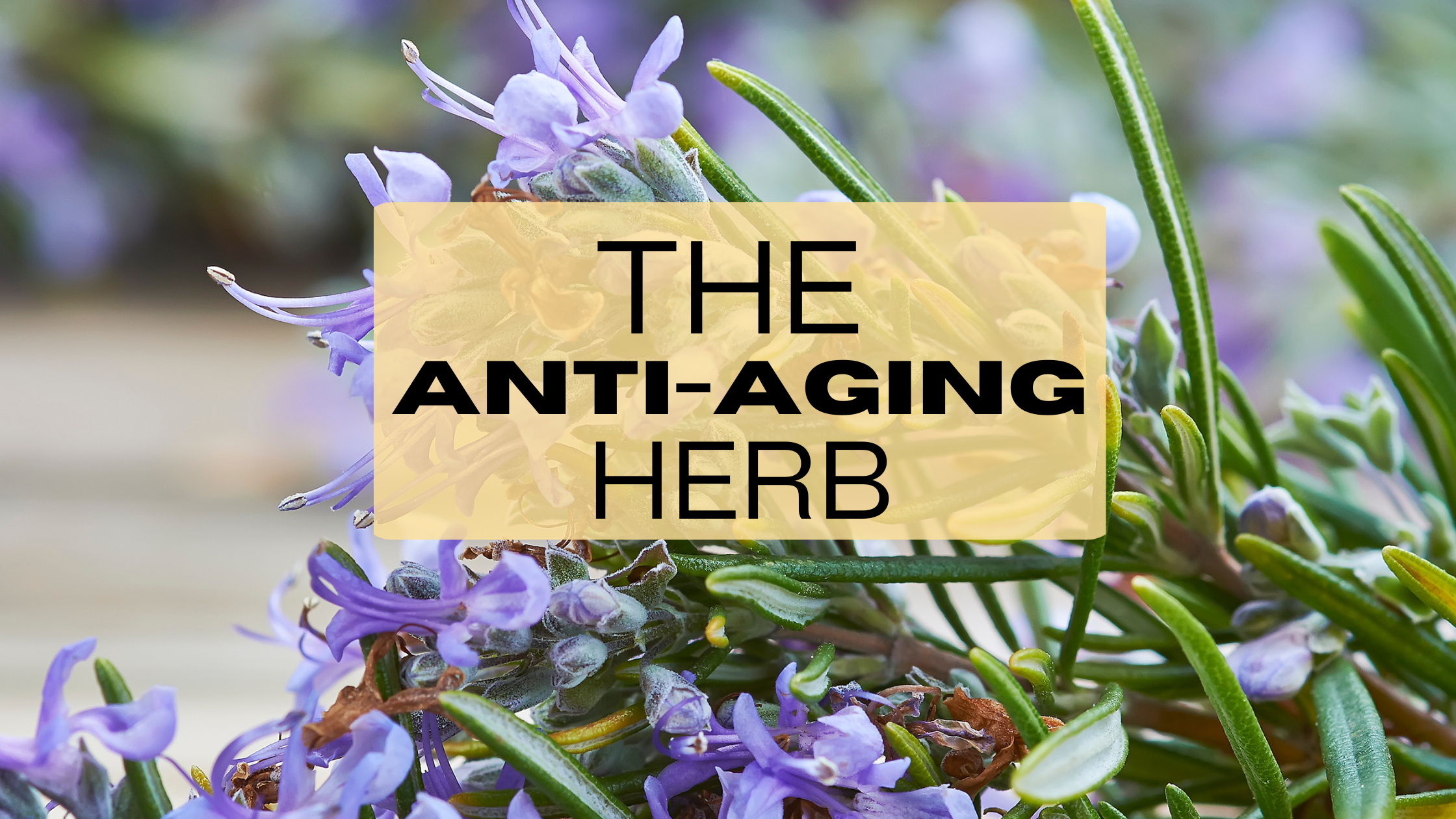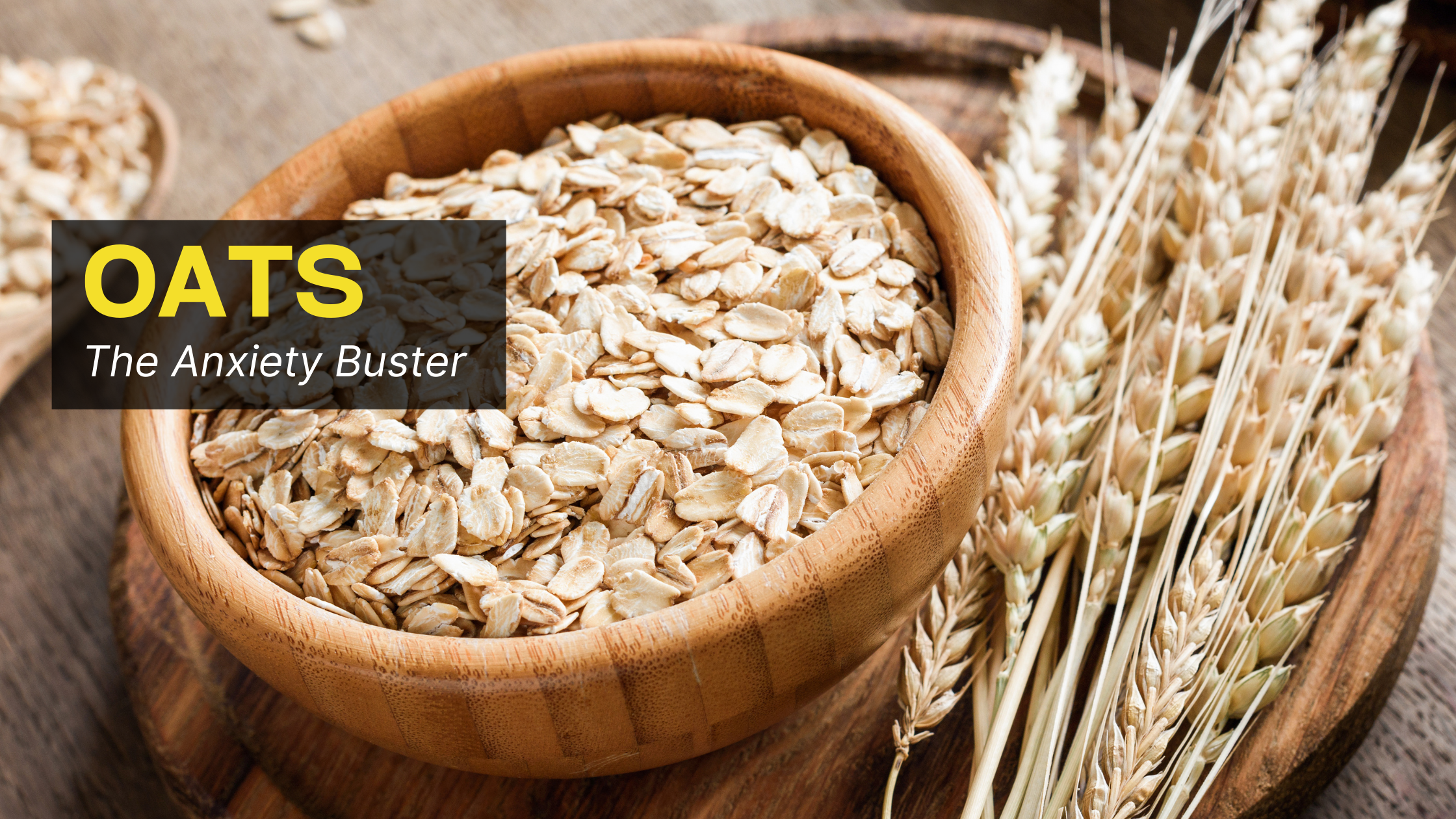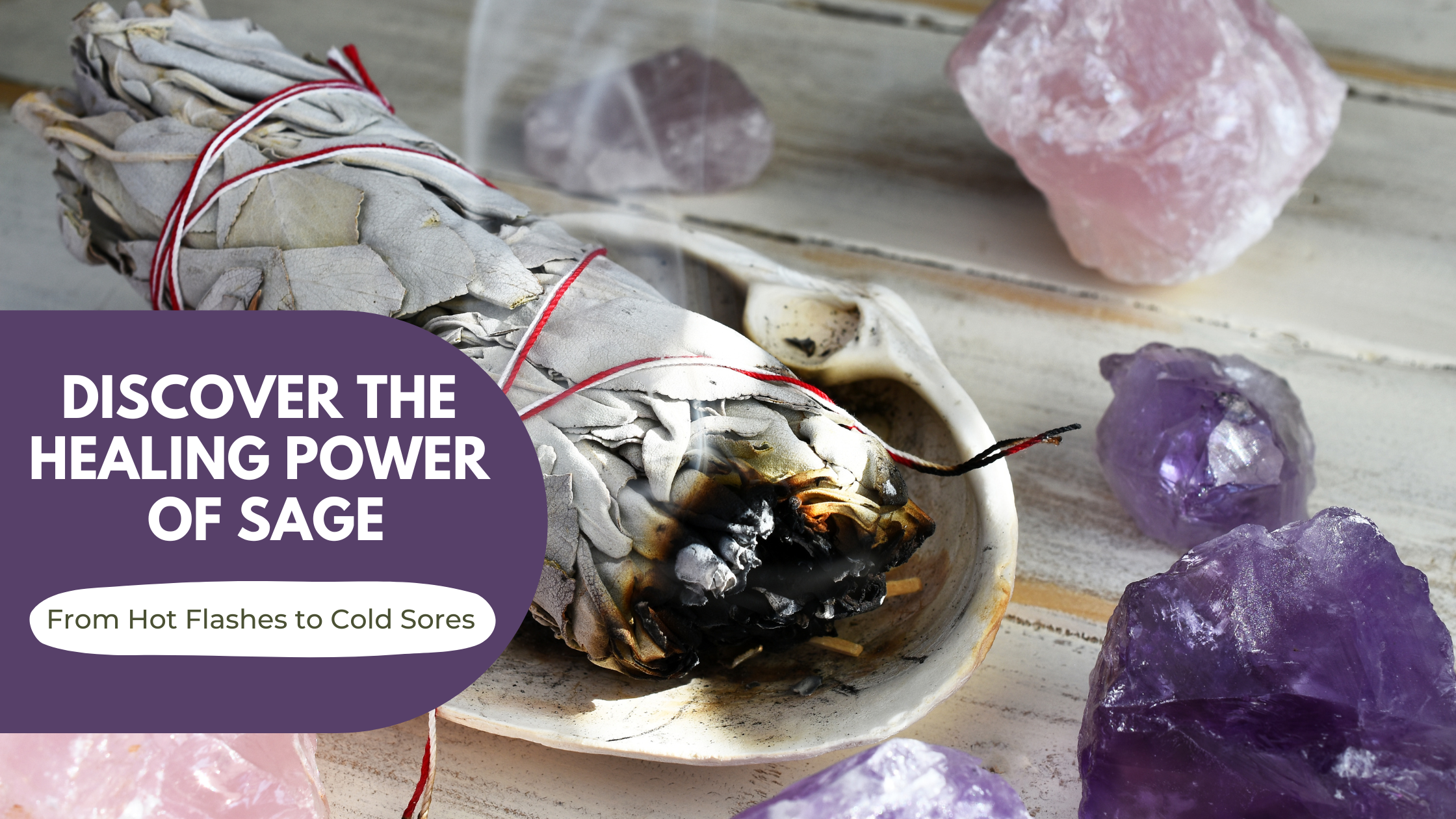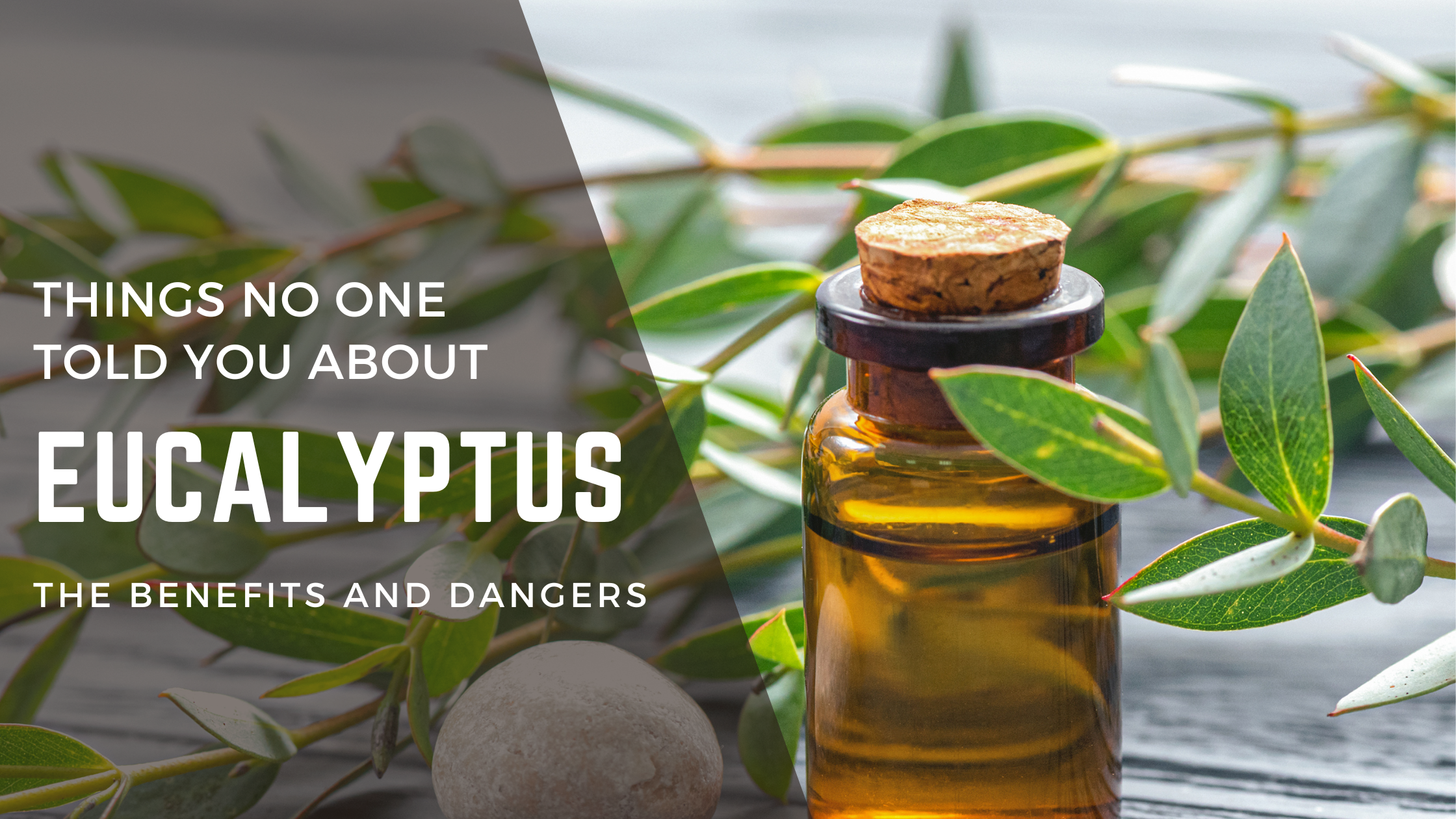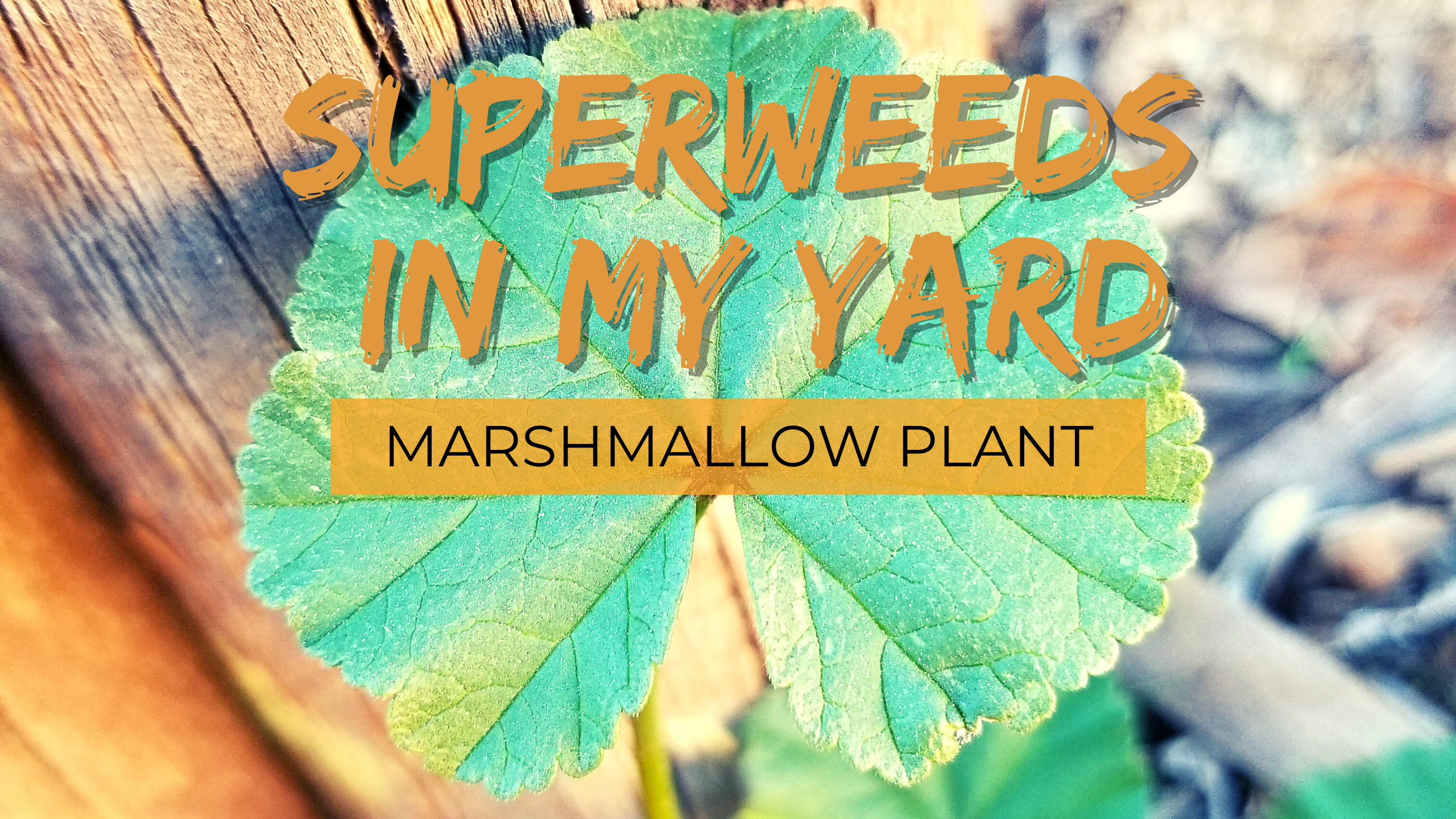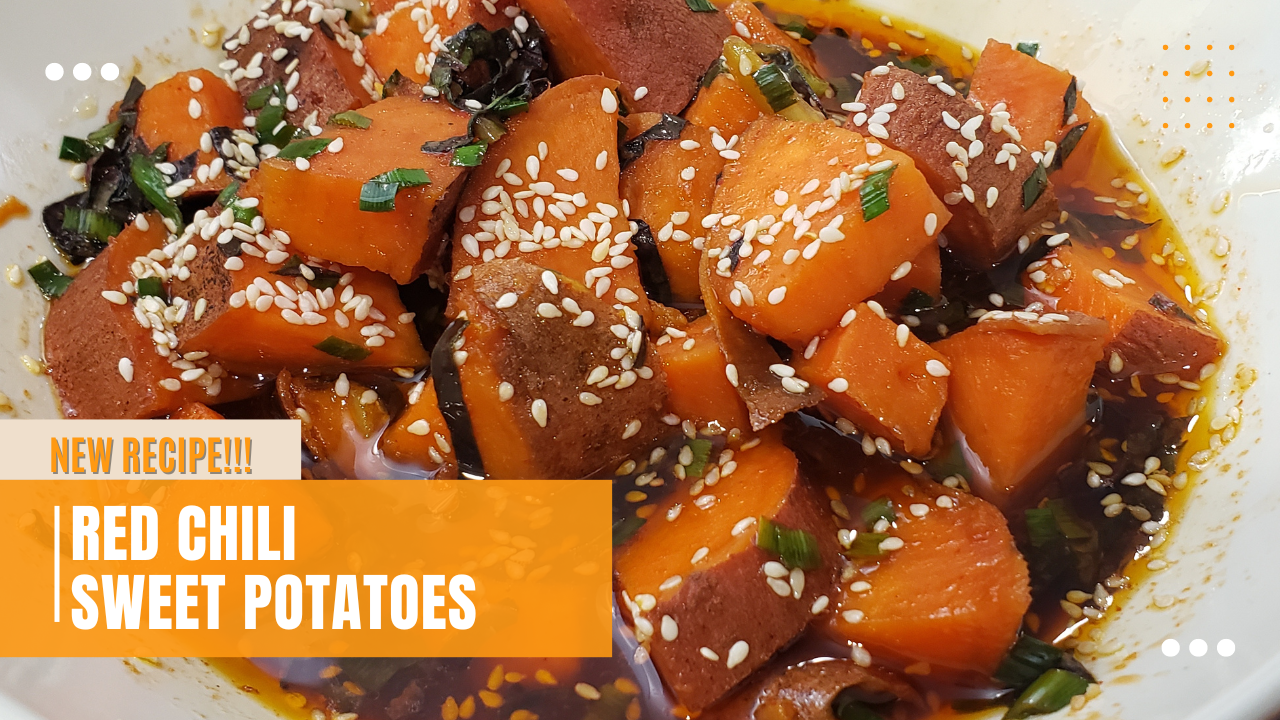The Power of Bentonite Clay… Unleashed on our Family Land
Imagine stumbling upon a hidden gem on your own land. That’s exactly what happened to us on land that’s been in our family for more than 100 years…. in Texas.
As we were digging a pond, we stumbled upon an ample supply of bentonite clay. We always knew it was present throughout the land. But seeing it in abundance firsthand was truly eye-opening… especially considering the red clay has been cherished for centuries.
The history of bentonite clay stretches back through the ages, with various civilizations recognizing its remarkable properties. Ancient cultures such as the Egyptians, Greeks, and Native Americans harnessed its power for healing and purification purposes. This clay was considered a prized possession, revered for its ability to draw out impurities and promote overall well-being. Today, we feel incredibly fortunate to have this treasure right beneath our feet. It’s like a magic potion for our skin, hair, and overall well-being. So let’s dive deeper into its benefits, uses and I even include a unique recipe to revitalize your skin using bentonite clay.
Detoxification and Purification:
Let’s start with its detoxifying powers. Bentonite clay has an incredible ability to absorb toxins and impurities from our skin. When applied, it acts like a magnet, drawing out excess oil, dirt, and grime, leaving our skin feeling refreshed and revitalized. It’s like a mini spa treatment in the comfort of your own home!
Nourishing Skin Care:
Not only does bentonite clay detoxify, but it also nourishes our skin with essential minerals. Silica, calcium, magnesium, and potassium work together to give our skin a healthy and radiant glow. Think of it as nature’s own multivitamin for your skin!
Hair Rejuvenation:
But wait, there’s more! Bentonite clay isn’t just for our skin—it’s a hair superhero too. If you’ve been dealing with product buildup or an oily scalp, this clay can come to your rescue. It gently removes impurities, excess oil, and residue, bringing balance back to your scalp.
Enhance Your Garden:
Bentonite clay not only benefits us personally but also plays a role in helping the environment thrive. It promotes agriculture and minimizes the need for harmful chemicals. The clay’s water-retention properties help conserve water by soaking up excess moisture and preventing soil erosion. This means less water is wasted, and it helps conserve one of our most precious resources.
Additionally, it improves soil quality by enriching it with essential minerals and nutrients. Bentonite clay even detoxifies the soil, removing harmful substances, purifying it and creating a healthier ecosystem.
Here are some practical ways to incorporate bentonite clay into your routine:
Face Mask: ( I have a full recipe at the bottom of this blog)
Create a rejuvenating face mask by mixing bentonite clay with water or other natural ingredients like apple cider vinegar, rosewater, or aloe vera gel. Apply the mask to your face, leave it on for about 15-20 minutes, then rinse off with warm water. This helps to detoxify the skin, unclog pores, and absorb excess oil.
Hair Mask:
Revitalize your hair by making a nourishing hair mask with bentonite clay. Mix the clay with water, aloe vera gel, or your favorite hair conditioner to form a paste. Apply it to your hair, focusing on the roots and scalp, and let it sit for around 20-30 minutes. Rinse thoroughly to remove the mask and enjoy the benefits of increased volume, reduced oiliness, and improved scalp health.
Body Detox Bath:
Add bentonite clay to your bathwater to create a detoxifying bath. Mix a quarter to half a cup of clay into warm bathwater and soak for 20-30 minutes. The clay helps draw out toxins from your body, leaving you feeling refreshed and rejuvenated.
Spot Treatment:
For pesky blemishes or insect bites, make a paste using bentonite clay and water. Apply it directly to the affected area, let it dry, then rinse off. The clay’s absorbent properties can help soothe irritation and reduce redness.
Oral Rinse:
Bentonite clay can also be used for oral care. Mix a small amount of clay with water to create a liquid paste, then swish it around in your mouth for a couple of minutes before spitting it out. This can help freshen your breath and promote oral health.
** Remember, it’s essential to use high-quality, pure bentonite clay and follow the instructions provided. If you have sensitive skin or any underlying skin conditions, perform a patch test before applying bentonite clay to larger areas. As always, consult with a healthcare professional if you have any concerns or specific medical conditions.
DIY Bentonite Clay Face Mask:
To revitalize your skin, try this simple and effective face mask recipe:
Ingredients:
- 1 tablespoon bentonite clay
- 1 teaspoon apple cider vinegar
- 1 teaspoon raw honey
- 2-3 drops of your favorite essential oil (optional)
Instructions:
- In a small bowl, combine bentonite clay, apple cider vinegar, and raw honey.
- Mix well until you have a smooth, creamy consistency.
- Add a few drops of essential oil for a delightful aroma and added benefits.
- Apply the mask to clean skin, avoiding the eye area.
- Leave it on for about 10-15 minutes, or until it dries.
- Gently rinse off with warm water, followed by a moisturizer.
We have an entire page of even more natural remedies. If you have natural remedies you use, please share them — it takes a community!

